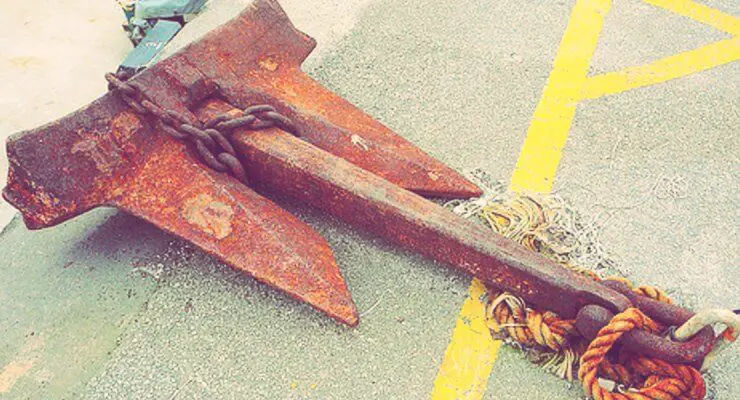Anchor ‘a’ cock bill: When the anchor is hanging vertically from the hawse pipe with the flukes turned into the ship’s side, it has been just clear of the hawse pipe and its weight is taken by the brake in readiness for letting go. In this position, it is not stowed correctly in the hawse pipe. Anchor coming home: When the anchor is being drawn towards the ship in the operation of heaving away, by means of the windlass, the anchor is said to be anchor coming home. Anchor aweigh: The anchor is said to be aweigh immediately it is clear of the bottom. Anchor dragging: The anchor is said … [Read more...]
